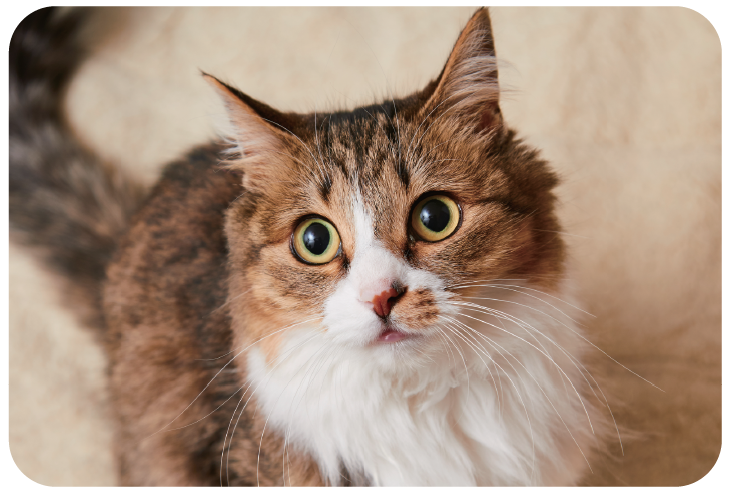Bioguard Corporation
Polycystic kidney disease (PKD) is a chromosomally dominant genetic disorder; it can occur in humans, cats, dogs, and other animals. In the renal cortex and medulla, there are cysts of various sizes and fluid-filled, so it is commonly known as the bubble kidney. Cysts increase in size and number over time, replacing kidney tissue and affecting their ability to filter waste from the blood, leading to chronic kidney failure.
Pathogenesis
Polycystic kidney disease is primarily caused by point mutations in the PKD1 gene, which is inherited as a dominant genetic disorder. The PKD1 gene plays a crucial role in regulating polycystin, a protein found on the cell membrane. A deficiency in PKD1 leads to underdevelopment of the renal tubules and collecting ducts in the renal cortex and medulla, preventing proper drainage of urine filtered by the renal glomeruli, which results in the formation of cysts characteristic of polycystic kidney disease. In the liver, this condition can also cause significant enlargement of bile ducts near the portal vein and may lead to bile duct fibrosis.
Clinical symptoms
Cats with polycystic kidney disease (PKD) are born with abnormal kidneys, though symptoms typically do not manifest until they are between 3 and 10 years old, with an average onset around 7 years. While the disease is present from birth, there are no noticeable symptoms in its early stages. Symptoms appear only when the disease progresses to a point where kidney tissue necrosis and kidney failure occur. As renal cysts enlarge over time, they compress the renal parenchyma, leading to irreversible kidney failure. Affected cats may experience a decreased appetite, weight loss, depression, and lack of energy. Clinical symptoms include increased thirst (polydipsia), frequent urination (polyuria), anorexia, vomiting, lethargy, and muscle twitching in the abdominal area. In severe cases, movement disorders (ataxia) or neurological issues may arise. Blood tests may reveal elevated blood urea nitrogen (BUN) and creatinine (CRE) levels, anemia, and high blood pressure.
Early detection
At present, it is possible to know whether cats have polycystic kidney disease through ultrasound testing and genetic testing. At 16 weeks of age, about 75% of cats with this problem had cyst-like structures on ultrasound scans, and by 36 weeks of age, 91% of cats had cysts. The accuracy of such a structure increases with age; generally speaking, when cats are over 10 weeks old, when using ultrasonic scanning, the accuracy can reach 90~95%. Genetic testing, which refers to the detection of its genotype, will be 100% accurate and can be performed at any age
Breed predisposition
Polycystic kidney disease mainly occurs in long-haired cats, and studies have shown that up to 38% of Persian cats have an abnormal PKD1 gene. Mainly affects cats of Persian and Persian-related breeds, such as Chinchillas, but other breeds such as Ragdolls, Scottish Folds, or other shorthair breeds such as Himalayans and Exotics have also been reported It is possible to have this genetic disorder. In addition, Meeks’s condition is relatively rare.
References
Schirrer L, Marín-García PJ, Llobat L. Feline Polycystic Kidney Disease: An Update. Vet Sci. 2021 Nov 8;8(11):269.

